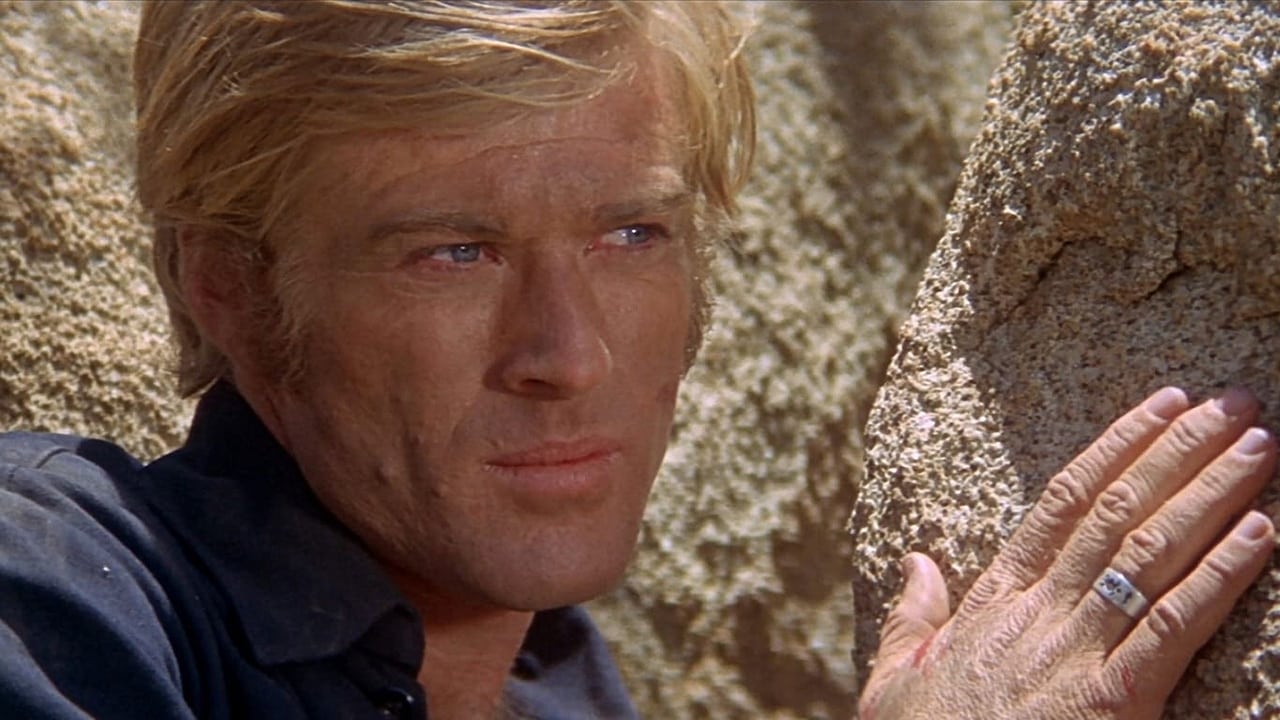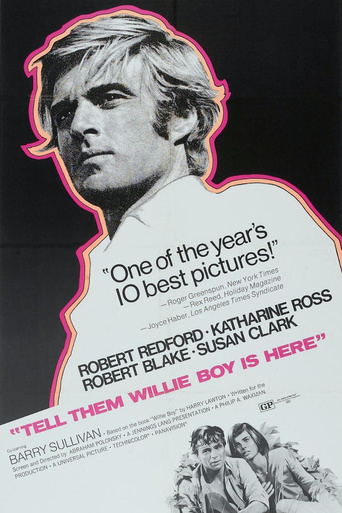

I consider Robert Blake's performance in this movie to be one of his best, and this comes from someone who has always thought he was a fine actor. Robert Redford, too, shines here as the sheriff, and almost all the supporting cast keeps up with the two male leads.Blake's character is a Paiute Indian who is the object of a manhunt which is sensationalized by the press because of its concurrence with a visit by President Taft. The sheriff is pressured into hunting down the Indian and the girl he loves but whose father has forbidden the match.It's a good solid early-1900s Western with much better-than-average acting. But it's not so much an action film as it is a character study -- of Blake's character and, to a lesser degree, Redford's. It brings to life the racism and exploitation that white Europeans brought with them to America.
... View MoreThis under-rated gem of an anti-Western deserved much better than it got. Abrahom Polonsky's return to film-making was swept under the carpet, as are so many heartfelt, thoughtful films (even in 1969). Robert Blake, with the exception of In Cold Blood and Electra Glide in Blue was never more determined or intense as Willie. Redford gives a subtle and layered performance. Katharine Ross is gorgeous but doesn't look like a Native American (her eyes are bluer than Paul Newman's).An 8 out of 10. Best performance = Robert Blake with able support from Barry Sullivan, Susan Clark, and Charles McGraw. I'm sure this flick must have it's own cult following by now. If not, it should.
... View MoreBad movie due to below average production and editing.The message regarding the Native American plight was good but wasted on this movie effort.Too bad bacause the actors gave good performances.The last 20 minutes was the best part but nothing you can't miss.Flows like a slow TV movie.Thank God Redford is preety.Still worth a look if you are a fan of pro Native American Western action drama or a big fan of the lead actors......
... View MoreAn excellent, small, telling film, ahead of it's time. Well acted and directed, a taste too of turn of the century Southern California, with mention of Riverside, Morongo, Victorville, San Bernadino, etc. Blake is excellent and Redford is rough and empathetic. The final scene between the two of them has several solid images and powerfully evokes the situation and the environment.
... View More